
Yarrow—it is absolutely the one herb that you should be growing on your homestead. From the many medicinal uses of yarrow, to how to grow and harvest yarrow—we’re going to talk about it all in this one blog post (including a recipe for yarrow tincture). If you don’t grow any other herb on your homestead, yarrow might be the one you need the most!
Before we get started, please note that we will talk about the medicinal uses for yarrow in this blog post. Please use yarrow on your homestead at your own risk. I am not a medical doctor. I am, however, a family herbalist (and I wrote a book, too!). I feel completely comfortable giving this homestead herb to my family! But you’ll need to choose what you feel most comfortable with for your own family.
Empowerment begins when you learn how to use yarrow. So, let’s begin!

Where Does Yarrow Grow?
Yarrow (Achillea millefolium) grows all over the world. You will find yarrow growing along tree lines, in fields, and even in overgrown yards. It prefers sandy soil and grows best in zones 3 through 9.
Many people will see this beautiful “weed” most often growing in fields and open spaces. It likes a lot of sunlight. It can be grown in partial shade, but often times the long stems will get floppy and fall over.
Yarrow can grow in all different shades of the rainbow, but it is most common to see it in white. When wildly grown, you’ll find that the original white color is seen the most.
I love all colors of Yarrow, and every one has great medicinal uses, no matter the color! The medicinal uses of yarrow don’t change just because the color changes.
How to Harvest Yarrow
As a homestead herb, yarrow is super easy to grow and harvest. It’s pretty much a no-fuss, fool-proof herb for your homestead garden.
Allow the plant to grow to maturity. When the flowers open fully, harvest each stem with the head attached, all the way down to the ground. Hang the stems, with the flower head attached, upside down to dry for several days.
The leaves, stem, and flowers contribute to the medicinal uses for yarrow. Every part can be used. Store the herb in an air tight container for up to one year.
If you wish to use the root of the yarrow plant, you should allow it to mature for at least 2 to 3 years before harvesting the entire root. Or, you can take bits and pieces of the root each year.
Dry the root out for a week before transferring it to an air tight container for up to a year.

Medicinal Uses for Yarrow
One of my favorite ways to make an herbal remedy with this herb is to create a yarrow tincture. I’ll link a recipe to make the tincture at the bottom of this post.
Yarrow tincture is an incredibly easy way to get yarrow into your system quickly. Make it in advance for whenever you may need it in a pinch—especially if you don’t keep dried yarrow on hand often.
You can also make a tea, glycerite, infused oil, and more with your yarrow.
Alright, let’s go on with the medicinal uses for yarrow. They are vast, but they are amazing.
In short, Yarrow has the following medicinal uses:
- wound treatment
- stops bleeding
- digestive herb
- diuretic
- anti-inflammatory
- anti-spasmodic
- anti-catarrhal (removes excess mucous from the body)
- diaphoretic (reduces fever)
- lowers blood pressure
- stimulates blood flow in the pelvic area (especially the uterus)
- antimicrobial
- used for hemorrhage
- used for treatment in pneumonia
- used for treatment in rheumatic pain
Here is a bit more in-depth information about the medicinal uses for yarrow—the ultimate homestead and prepper herb.
The name Achillea (from the botanical name of Yarrow) is referred to Achilles in the literary Trojan War of the Iliad who used yarrow to treat the soldiers’ wounds. The majority of the Achillea species are as the medicinal plants which have therapeutic applications. (source below)
Yarrow has traditionally been used as a tonic, anti-inflammatory, anti-spasmodic, diaphoretic, diuretic, and emmenagogic agent (stimulating blood flow in the pelvic area and uterus). It has been used for the treatment of hemorrhage, pneumonia, rheumatic pain, and wound healing in traditional Persian literature.
The modern medicinal uses for yarrow have even included treatments for malaria, hepatitis, jaundice, liver disorders, and it is known as a hepatoprotective herb (meaning, it protects the liver).
We’ve even seen yarrow used in the prevention and treatment of influenza, though there aren’t really any studies about the herb and the specific treatment of influenza.
When taken at the onset of influenza symptoms, it can greatly help ease the symptoms of influenza since it is a natural anti-catarrhal (removes excess mucous from the body) and natural fever reducer (through perspiration).
Because Yarrow is a bitter herb, it has flavonoids, which are plant-based chemicals that increase saliva and stomach acid to help improve digestion.
Yarrow can be used as a mild sedative to reduce anxiety and promote sleep.
Native Americans and early settlers had medicinal uses for yarrow, too. They used yarrow for its astringent qualities that made it effective in wound healing and its ability to stop bleeding.
When England experienced a pharmaceutical shortage during WWII, the Ministry of Health recruited children and adults to wild forage for yarrow in order to augment their supply.
Dioscorides—a Greek physician, pharmacologist, botanist, and author of De materia medica—used yarrow for dysentery, wounds, and infections.
Yarrow essential oil has been shown to have antimicrobial properties against certain bacteria, including E. coli and pnuemonia. It may also help with urinary tract infections.
Believe it or not, a study done on Yarrow even showed great antiviral activity against Polio! Another study showed that Yarrow helps lower blood glucose levels
Have I told you just how amazing the medicinal uses for yarrow are? Pretty amazing.
Contraindication Notes about the Medicinal Uses for Yarrow
- Do not take yarrow for more than 2 weeks at a time.
- Do not take yarrow if you are pregnant, as it can cause uterine contractions and may result in a miscarriage.
- If you are on high blood pressure medications, please note that yarrow can lower blood pressure, and therefore your regular blood pressure medications can be affected.
- Placing yarrow on the skin can cause issues if you will be in direct sunlight afterwards.

How to Make Yarrow Tincture
If you have a copy of my first book, The Homesteader’s Herbal Companion, I go in-depth on how to create a tincture for your family.
You can utilize the list of herbs in the book to create your own tinctures, or swap out some of the ingredients in this tincture with herbs that you think might work better for your family. Either way, making a tincture is very easy, and they have a shelf-life of 5+ years if stored properly (in a cool dark place).
This yarrow tincture is a great tincture to keep on hand.
The exact recipe for this yarrow tincture is below in the recipe card.
Here’s how you make a tincture:
- Choose your dried herbs and extraction liquid (normally 80-proof vodka)
- Add dried herbs to a jar, cover with vodka (a 1:5 ratio is a must, 1 ounce herb to 5 ounces of vodka). It’s easier if you crush up the herbs so that all the dried herbs are submerged in the vodka.
- Shake well and allow the tincture to rest in a cabinet or pantry (out of sunlight) for 4-6 weeks. Shake once each day.
- Strain the tincture and place the strained liquid in an amber colored glass eyedropper bottle. Store in a cabinet or pantry indoors until ready to use.
Yarrow Tincture

Yarrow tincture is a medicinal herbal remedy that helps with health ailments such as respiratory, digestive, diabetic, bleeding, liver, and other issues.
Ingredients
- 1 ounce yarrow, dried
- 5 ounces 80-proof vodka
Instructions
- Pre-measure herb and vodka. In a large glass jar, add all herbs.
- Cover the herb with premeasured vodka. Make sure the herb is submerged. If it helps, you can crush the herb a bit before doing this step.
- Shake your tincture liberally and then set it in a cool pantry or cupboard, away from extreme temperature changes and direct sunlight. Shake your tincture each day (multiple times, if you want) for 4 weeks.
- After 4–6 weeks, strain your tincture from the jar. Pour your strained tincture into a colored glass eye dropper bottle, label, and store in a cool place until ready to use.
- Use 1 eye-dropperful (or 30 drops) under the tongue when needed.
Notes
Please see blog post for contraindications of yarrow.
Resources:
Achillea. Index Nominum Genericorum. Int Association for Plant Taxonomy 2006-02-20. http://botany. si.edu/ing/INGsearch.cfm?searchword=Achillea. Retrieved 2008-05-21, access date 2006-02 -20. [Ref list]
Zargari A. Medicinal Plants. 4th ed. Tehran: Tehran University Publication; 1996. pp. 106–117. [Google Scholar] [Ref list]
Saeidnia S, Gohari AR, Yassa N, Shafiee A. Composition of the volatile oil of Achillea conferta DC, from Iran. Daru. 2005;13:34–36.[Google Scholar] [Ref list]
Dodson C, Dunmire WW. Mountain Wildfowers of the Southern Rockies. University of New Mexico Press; 2007. [Google Scholar][Ref list]
A review on phytochemistry and medicinal properties of the genus Achillea [https://www.ncbi.nlm.nih.gov/pmc/articles/PMC3232110/]
Genotoxicity of Achillea millefolium essential oil in diploid cells of Aspergillus nidulans.de Sant’anna JR, Franco CC, Miyamoto CT, Cunico MM, Miguel OG, Côcco LC, Yamamoto CI, Junior CC, de Castro-Prado MAPhytother Res. 2009 Feb; 23(2):231-5.
Antiviral screening of forty-two Egyptian medicinal plants.Soltan MM, Zaki AKJ Ethnopharmacol. 2009 Oct 29; 126(1):102-7.


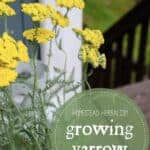
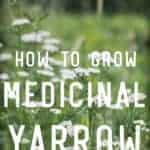
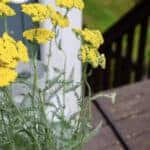
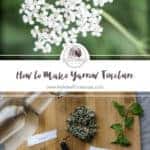




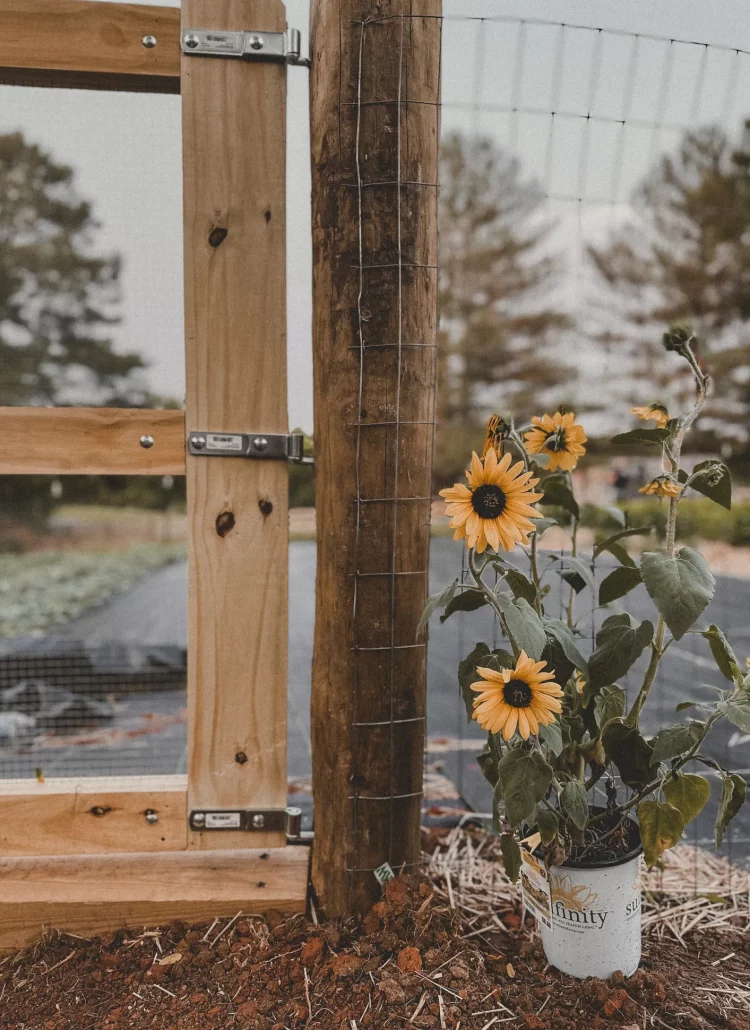
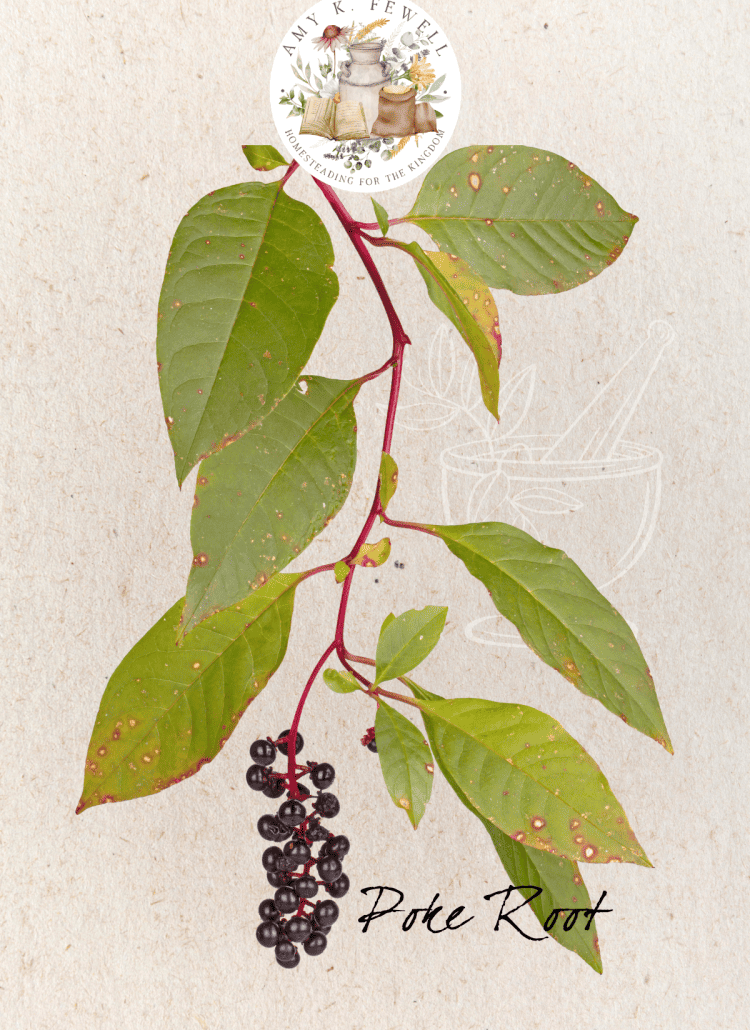
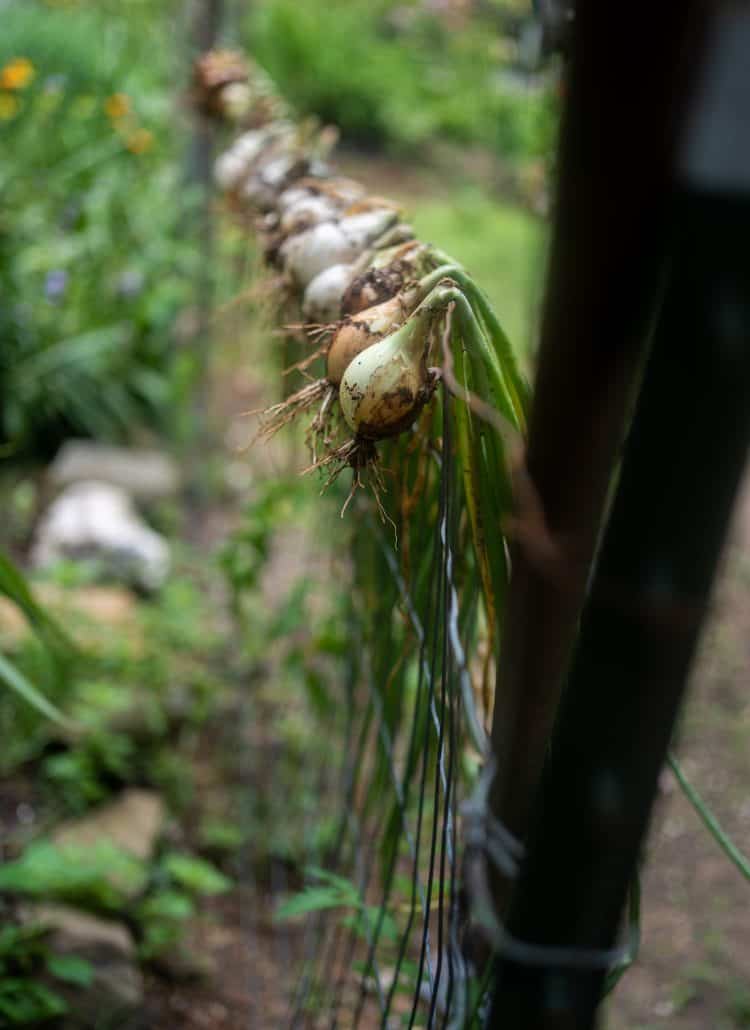

Timely … I planted yarrow last year, and it is really taking off now! When you say 1 ounce yarrow, is that an ounce by weight or volume? Thanks so much for sharing this info with us 🙂
by weight 🙂
The yarrow is by weight, but the vodka is by volume, correct?
I am getting more info from you. I been studying this where I live in Quebec
I live in Drummondville Sainte Nichphore where apt house being built
Still there open areas a small patch of field open aerea rowsgolden rod yarrow
Which they are native to Maine usa it helps i on one youtube chanel on herbs but you tell it more ad give out info on how to make it from teas and tincture. I like Valeria
That grows here also and in maine. I am going to use golden rod leaves with black
Resberries tea leaves. For cold mixture with pepomint leaves. I been researching this
All my life by used what I learned. I always re study it
Hello,
I left my yarrow tincture for much longer than 6 weeks! I forgot about it and ended up leaving it in the basement for approximately 6 months. Is the strained tincture still usable?
Thanks!
totally still usable!
As long as a tincture has not been exposed to sunlight, it can last a very long time. When you filter out the herbs using (traditionally) cheesecloth, make sure you store it in dark bottles. Tinctures stored this way can last for years, just remember that sunlight exposure tends to break down the useful parts in tinctures, oils, teas, etc. Be sure to store dried herbs, tinctures, oils or any other type of extraction/infusion in a place or manner protected from UV rays(sunlight).
Thank you for this article! Do you use both the leaves and the flower? Or just the flower? Thank you.
you can use the leaves too!
The herb is by ounce weight as noted above. I assume the vodka is by fluid ounces. Correct?
correct!
I love Yarrow! I have some in my garden, add a few leaves to salads at times, and use the flowers and leaves in infusions throughout the year … It’s also easy to find and identify in the wild, for a simple tea!
I have yarrow it’s yellow flowered but I’m not sure if it’s achillea millefolium it may be ornamental. Is it still considered medicinal? The leaves are not bright green they are a sage color. Is there a book you recommend that tells you which varieties you should and shouldn’t use for medicinal purposes? I can send a picture of it.
Hello Amy, can the Yarrow leaves be used as well? Also, are their other ways to prepare the Yarrow besides a tincture or slave that you would recommend to have on hand?
they can be!
Hello,
Thank you for this, very informative! Quick question around yarrow. Can I pick the already dried heads from the plant or does it need to be the fresh flowers then dried?
How do you use a tincture? Internally? Or could you apply to a wound?
I’m new to all of this! Thanks!